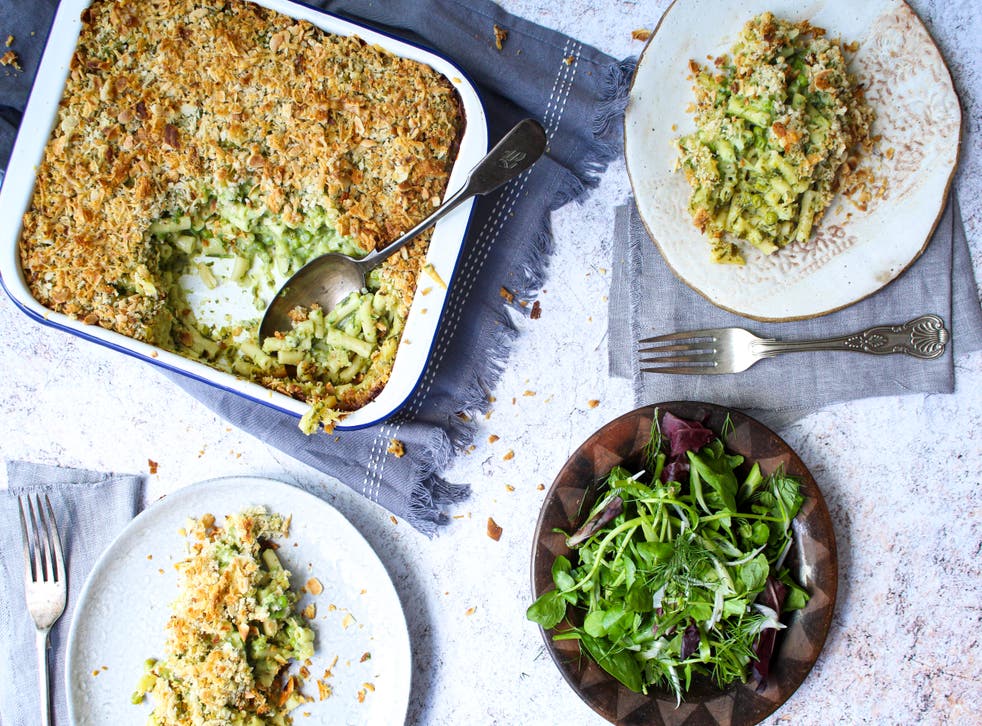
There are a number of important factors that will ensure that your kitchen is safe. Apart from the safety precautions such as not buying broken appliances, avoiding extension cords and turning pot handles inwardly, it is important to be aware of any potential hazards in your kitchen. These hazards include fires, choking hazards and electrical fires. Read on to learn more about the kitchen safety tips. Here are some of our top picks:
Fire hazards
The kitchen is one the most hazardous areas of the house. Common kitchen hazards can lead to serious injuries. Although most accidents can usually be avoided, some could be dangerous and even fatal. You can avoid most kitchen accidents with just a few basic precautions. You should seek immediate medical attention if there is any injury. Even if the injury seems minor, it could indicate an internal injury. This may not be obvious for days.
Electrical fires
Although electrical fires within kitchens can be quite unpredictable, it is possible to prevent these catastrophes by following basic safety steps. Do not overload an outlet with electricity and do not use water or other liquids near heat-generating devices. Do not plug appliances that can be used with liquids or water. It is important to avoid overloading outlets. This can lead to dangerous situations, and can even cause trip breaker.

Stoves
It is common to leave something on the stove unattended that leads to house fires. Sometimes people forget to check on their kitchen stoves while they're out and about or just for a quick break. You should make sure you don't leave anything near the stove. Set a timer and ensure that nothing flammable is not left nearby. Potholders are also a good idea to catch any packaging that falls on the stove.
Choking hazards
Choking in the kitchen can lead to many problems. Children can choke on almost anything, even if it is small. Parents must be cautious about their children's safety. Make sure to check behind furniture, under furniture, or any other place where children can reach it. In addition to keeping choking hazards out of sight, parents should also know CPR and keep a phone nearby for emergencies. Childproofing cabinets and drawers is a good way to prevent children from choking in the kitchen. When children eat, parents should supervise them and cut food into pieces of half an inch.
Cross-contamination
Cross-contamination of food in the kitchen is a very common problem. Cross-contamination of equipment can lead to dangerous bacteria in food. Cross-contamination can occur whether the machine is being used for cutting meat or to make glassware. In 2008, listeria contaminated a meat slicer. Cross-contamination may not always be possible. There are still steps you can take to avoid cross-contamination in the kitchen.

Hand washing
Proper hand hygiene is an important part of food safety. Hand washing is an essential part of food safety. It is important that employees wash their hands frequently. It also requires rigorous training and the proper set-up of hand washing stations. Hand washing can help reduce cross contamination and improve food safety. Hand washing is essential for food processing plants' safety and health. This should be stressed in training and displayed prominently at the site. Hand washing will help create a cleaner, healthier product.
FAQ
How long does learning to cook take? How much time do I need?
It all depends on your skill level. Some people learn basic cooking techniques in just a few days. Others might take months or years before they feel confident enough to teach themselves how to cook.
The person who is learning to cook can vary in the amount of time they need. Someone who has never been to the kitchen before might need more time than someone who does it regularly. You may also need more experience with certain types of cooking than others. Baking requires more knowledge than frying.
Focusing on a particular technique is the best way to speed up your cooking skills. Once you've mastered that technique, move on to another one. Do not worry about how long it takes you to learn how to cook. Just keep practicing and enjoy the process.
What Are the Requirements To Be a Chef?
You must hold a bachelor's in culinary arts to be a chef. A series of tests administered to you by the ACF will also be required. After you have completed all requirements, you will receive a certificate confirming your qualifications.
Can I learn to cook alongside my kids?
Yes! Yes! It's a great way to teach responsibility and teamwork. From washing vegetables to chopping onion, children can help. Your children will be more comfortable helping you cook if you teach them safe techniques for handling knives.
Statistics
- In the United States, the category is estimated at $23.2 billion annually and is growing faster than the market. (washingtonpost.com)
- under 10 Kids have been taught that there is special food just for them, and Fiese says that 10 percent of kids will throw a tantrum if they don't get the food they want. (washingtonpost.com)
- The median pay for a chef or head cook is $53,380 per year or $25.66/hour, according to the U.S. Bureau of Labor Statistics (BLS). (learnhowtobecome.org)
External Links
How To
How to make a perfect eggroll
Omelets are my favorite breakfast dish. How can you make them perfectly? There are many recipes and methods I tried, but none worked. Today, I'd like to share some tips with you in order to make delicious and fluffy omelets every day.
First, eggs can be very temperamental ingredients for making omelets. You must get them fresh, organically, and keep them cold until you cook. They must be kept cool, otherwise the whites will not form properly and the yolks may become runny. This will make your omelets appear strangely colored. If you intend to cook your eggs immediately, it's best to use room-temperature egg.
You can also separate the egg before you add it to the pan. You don't want any white to get mixed up with the yolk because this could cause the omelet to curdle.
You could end up burning the bottom half of the egg if the egg is added directly to the heat source. Instead, microwave the egg for 10 seconds before adding it to the pan. The microwave heat is sufficient to cook the egg without overcooking.
Let's now talk about mixing eggs. You want to mix the eggs thoroughly before you add them. Turn the bowl upside down and grab the whisk to do this. Now shake the bowl vigorously. The egg will be thoroughly mixed in the bowl as the air is whipped.
The fun part is now - adding the milk to the mixture. First, pour half of the milk into the beaten eggs and then fold the eggs gently into the remaining milk. If you still see streaks of eggs, don't worry. These streaks will disappear once the omelet has been turned over.
After folding the eggs, place the pan on medium heat and wait for the oil to start sizzling. Once the oil has gotten hot, add 1/4 cup of butter and swirl it around so that the entire pan is coated. Carefully open the pan's lid and add salt to the pan. A pinch of salt will help prevent the omelet from sticking to the pan.
Once the omelet has formed, cover the pan again and wait for the top side to set completely. Flip the omelet over using a spatula or flip the pan upside down. Cook the other half for another minute. Take the omelet out of the pan and immediately serve.
This recipe is best made with whole milk. However, it can also be used with skimmed milk.